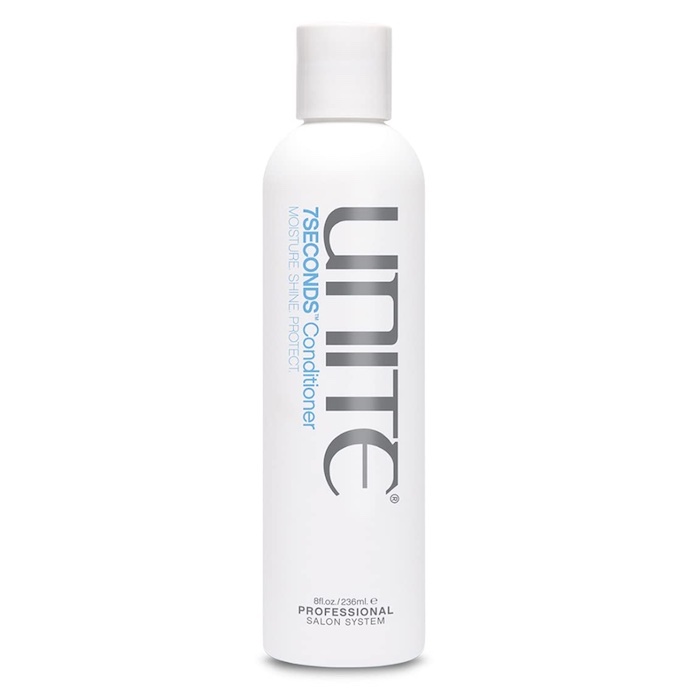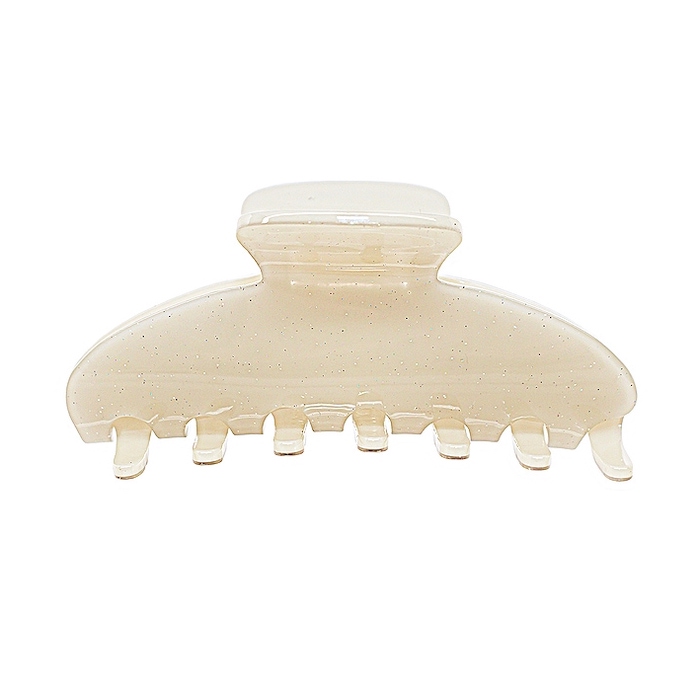These 12 "Anti-Static" Hair Products Are the Key to Smooth Strands This Winter
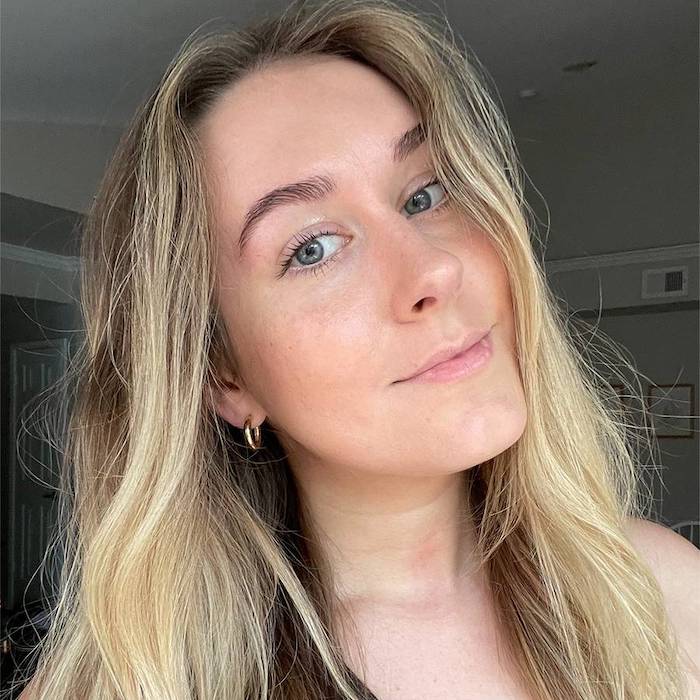

I love winter and everything that comes with it. Well, almost everything that comes with it. There's just one exception—static hair. As someone who loves winter fashion and collects coats and sweaters like they're coins and stamps, I genuinely feel less excited to wear my favorite pieces when static strikes. If it's going to make my freshly styled hair crackle and lift off my head, I feel like I might as well put on my old, worn coat and leave it at that.
As it turns out, static hair doesn't have to be a given this winter. According to celebrity hairstylist MJ Snyder, there are a few easy ways to prevent it from happening, but first, we need to know why it happens in the first place. "In fall and winter, the air tends to be drier, which can lead to static electricity,” she says. "Static can make the hair strands repel each other, causing them to stand on end and appear frizzy. All hair types and textures need adequate moisture to remain smooth and static-free.”
That's right, the fix for static hair is simple—more moisture. Keep scrolling to see all of Snyder's expert anti-static tips. Plus, shop the best anti-static hair products to keep your strands smooth all winter long, no matter how many hats, scarves, sweaters, and coats you wear.

Do: Use a Hydrating Shampoo and Conditioner (and a Hair Mask)
"In the winter, I always recommend incorporating a hydrating shampoo and conditioner, like Unite 7Seconds Shampoo ($34) and 7Seconds Conditioner ($36), into your haircare routine to keep the hair moisturized and protected," Snyder says. "I also love using the 7Seconds Detangler ($22) after washing for additional moisture and protein to strengthen strands."
If you want to up the ante, Snyder recommends using a hair mask too—especially if you have textured or chemically processed hair. "Textured hair is more susceptible to frizz, as the hair tends to be drier and have more surface area, making it easier for moisture to escape," she says. "Damaged hair has a compromised cuticle layer that cannot effectively retain moisture." She recommends the Unite 7Seconds Hair Masque ($50).
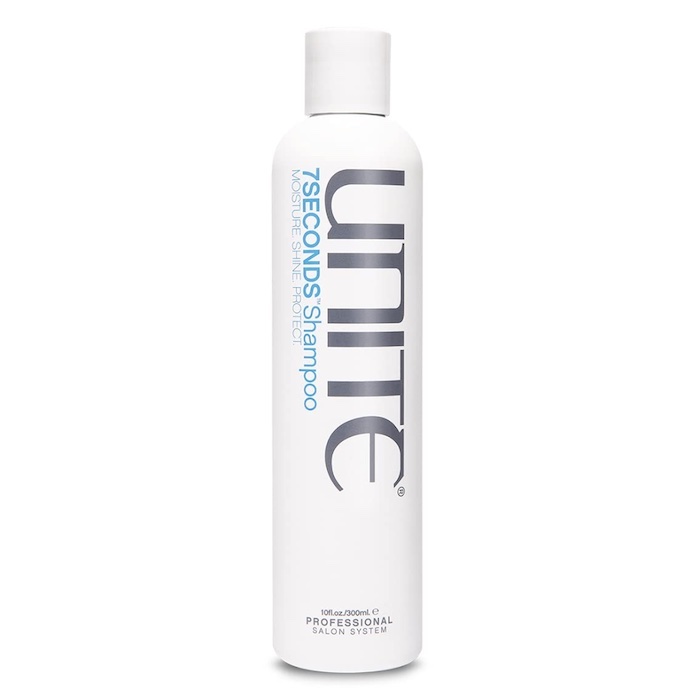
This shampoo is free of harsh sulfates that could strip moisture from the hair. It's also safe for all hair types.
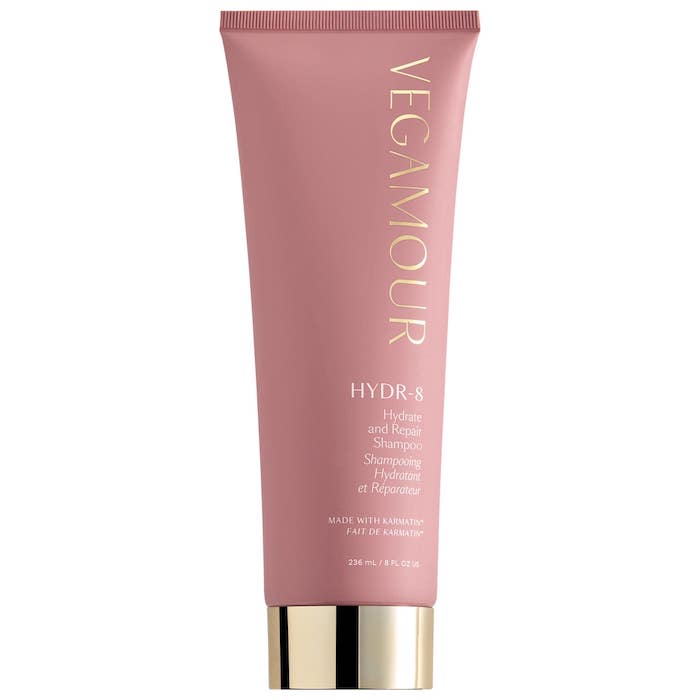
This shampoo has a creamy texture, lathers well, and leaves my strands feeling soft and smooth. It's all thanks to ingredients such as aloe, magnolia bark extract, and Karmatin (a vegan bonding ingredient). It helped bring my lifeless hair back from the edge after a bad dye job.
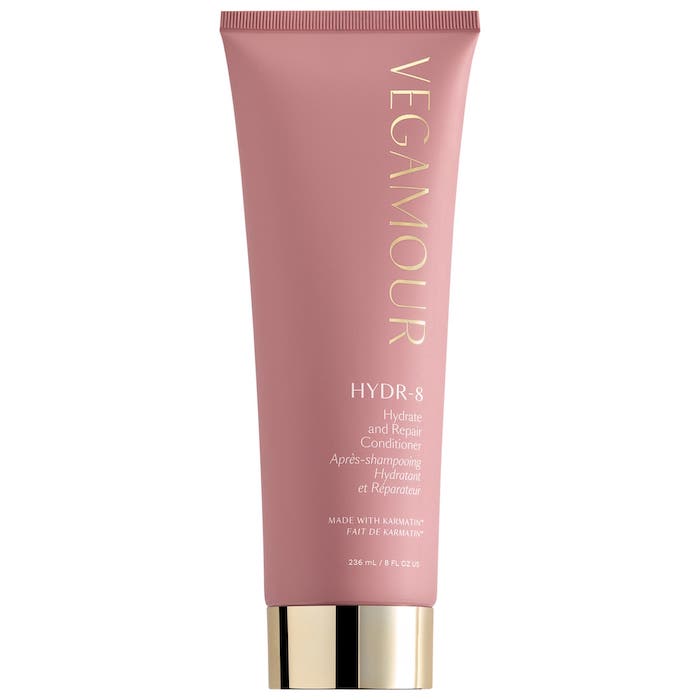
Don't forget the matching conditioner.
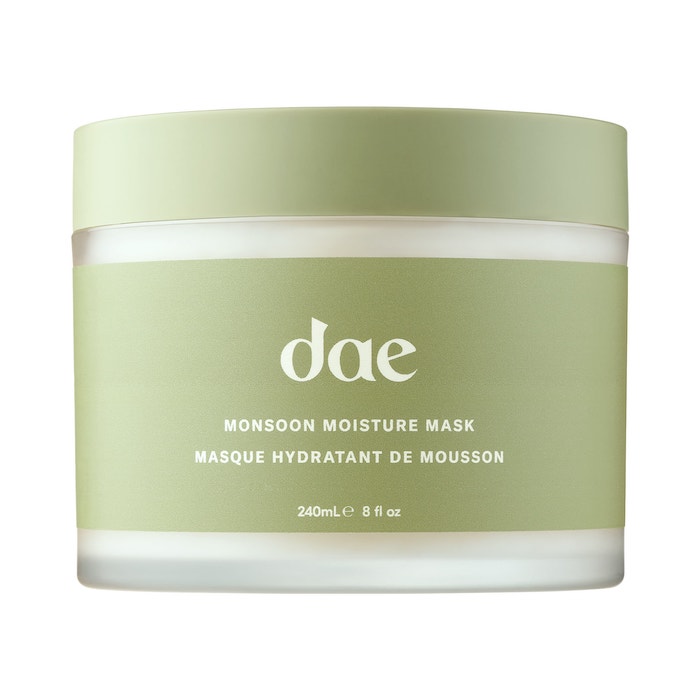
As for a hair mask, I love using this one since it combines prickly pear seed oil, cactus flower extract, and cocoa seed butter to supercharge my hair with some much-needed moisture.
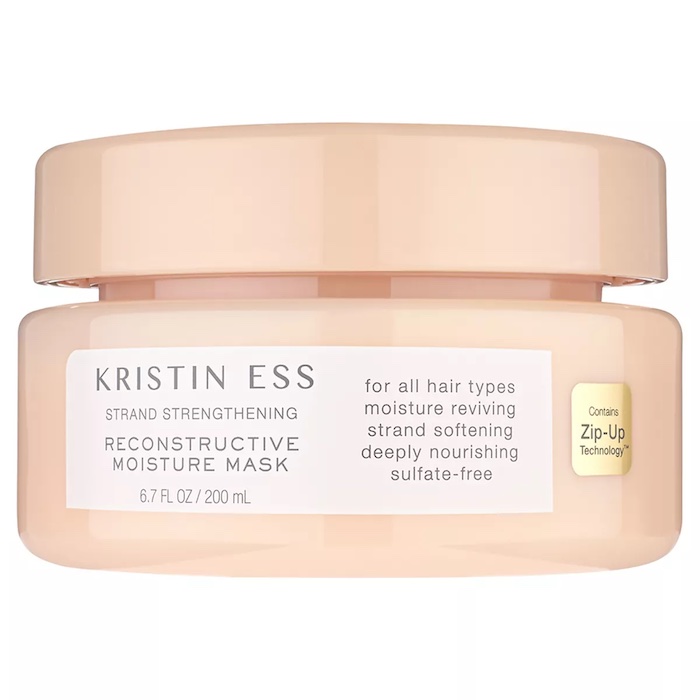
A budget-friendlier option, this hair mask is only $15 yet quenches my dry hair every single time I use it.
Don't: Overwash Your Hair
Snyder says over-washing your hair is a big mistake, as is skipping out on conditioner. Doing these things, especially in combination with one another, "can strip your hair of natural oils, causing dryness and making your hair more susceptible to static," she says. So if you notice your hair feels drier than normal, pare back the frequency of shampooing. Personally, I try to only shampoo twice a week since I have dry, chemically processed hair.

Do: Use Leave-In Products
Did you know anti-static hair products exist? Technically, any hair product that adds moisture and reduces friction is an anti-static hair product, but the best ones are leave-in products—think dry or leave-in conditioners that have oil-rich formulas. They'll coat the hair cuticle in moisture, making it difficult for static to make an unwanted appearance.

Snyder says this product is a game changer when it comes to moisturizing the hair and preventing static. "It's not only great for all hair types, but its formula is made with argan and macadamia nut oils, which are both rich in antioxidants, to help protect and calm hair from stressors like frizz, flyways, and stubborn static. It leaves the hair soft and hydrated with a silky-smooth finish."

Verb's Ghost Oil line is all about weightless moisture, so if you have fine hair like I do, this one is a good option.
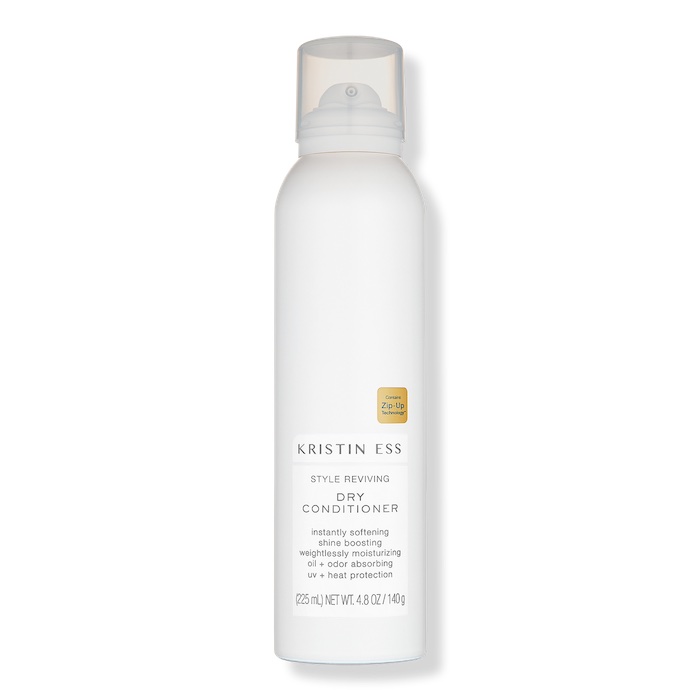
Another Kristin Ess product I love, this dry conditioner replenishes moisture, provides heat protection, and boosts shine.

Don't: Wear Tight Hairstyles
By now, we know the key to preventing static is to minimize dryness and friction. There's no better way to do that than to opt for loose, gentle hairstyles. "Wearing tight hairstyles like ponytails or braids can cause friction, which can lead to frizz and breakage," Snyder says "Opt for looser, gentler styles to help minimize this issue." I'll be swapping my hair ties for claw clips and silk hair accessories this winter.
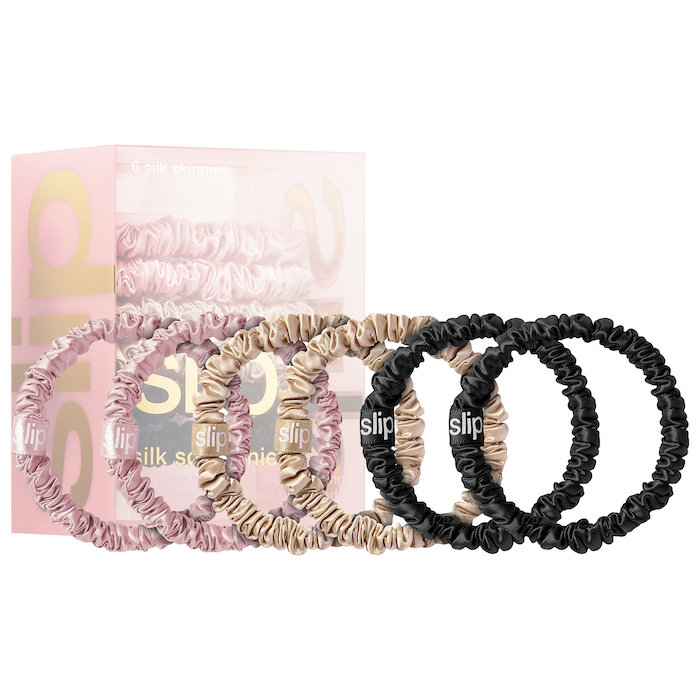
Replacing my traditional hair elastics with these silk ones has made my hair feel smoother and silkier.
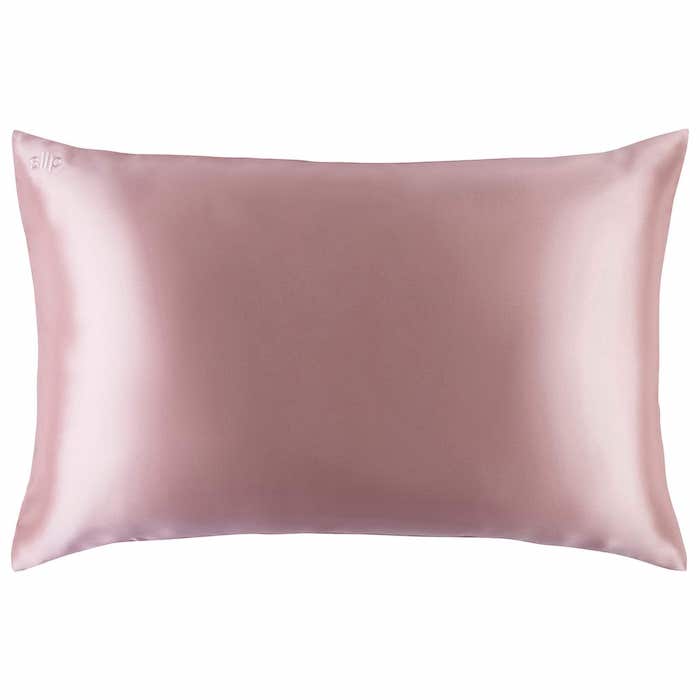
A silk pillowcase will reduce friction from tossing and turning while you sleep.

Kaitlyn McLintock is a Beauty Editor at Who What Wear. She has 10 years of experience in the editorial industry, having previously written for other industry-leading publications, like Byrdie, InStyle, The Zoe Report, Bustle, and others. She covers all things beauty and wellness-related, but she has a special passion for creating skincare content (whether that's writing about an innovative in-office treatment, researching the benefits of a certain ingredient, or testing the latest and greatest at-home skin device). Having lived in Los Angeles, California, and Austin, Texas, she has since relocated back to her home state, Michigan. When she's not writing, researching, or testing beauty products, she's working through an ever-growing book collection or swimming in the Great Lakes.
